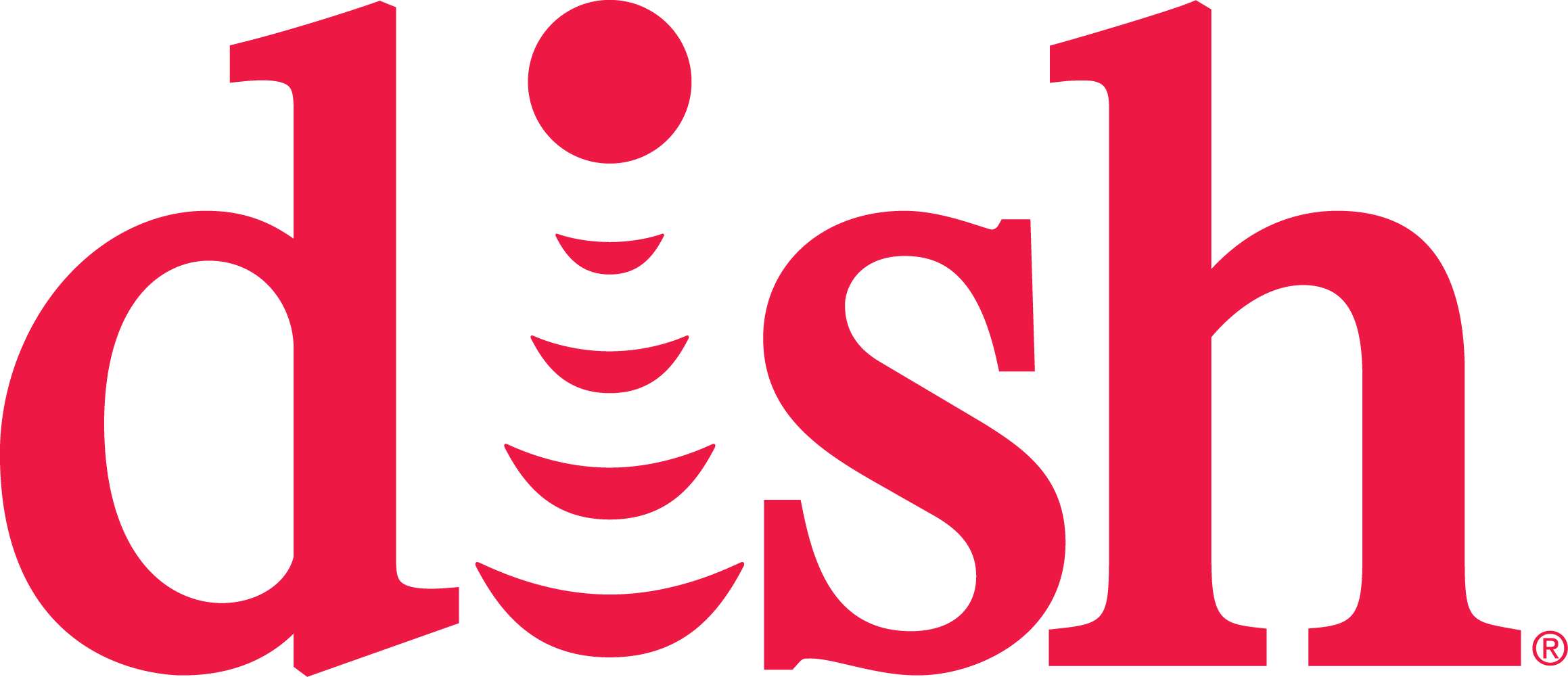The use of Wi-Fi cameras in home security has exploded in recent years. Traditional security companies, cable companies and new entrants offer a variety of choices for consumers. The cost of services and equipment continues to fall allowing small and mid-sized businesses the opportunity to incorporate surveillance services. While there is no one set-standard, companies are converging on a few variants so iconic devices such as Nest learning thermostats, August smart door locks and a multitude of Wi-Fi cameras are available from many providers.
While the industry is growing at a brisk pace, there is evidence that slow, choppy real-time video is inhibiting adoption and reducing the usefulness of live video.
Argus Insights recently published a study where they found that while customers have high satisfaction with the smart devices themselves, the applications used to manage those devices fall short in customer satisfaction. Unfortunately, the device is only as good as the software tools behind it. When commenting on cameras, Argus reports,
“App functionality is a major consumer pain point, with frequent complaints of slow video streaming , long load times and the video blacking out.”
While many devices employed a smart-home installation, the camera stood out as unique because it is a valuable tool by itself for live streaming in residential use cases, business and law enforcement. Unfortunately, cameras have a few challenges to overcome. First, they are high-bandwidth. Compressed, low-resolution video is acceptable in some situations, but consumers have grown accustomed to a high definition image (1920×1080 pixels) and high frame-rate (15+ frames per second). Second, many cameras run H.264 or other proprietary codecs that require specific end-user software to play the stream such as Adobe Flash. These clients are losing their support among browsers, and Adobe has announced it will eventually retire the Flash Player.
Mersoft recognized this technology gap in the industry and developed Mersoft stream™ specifically to enable high-quality and truly real-time video with RTSP WebRTC live streaming.
Mersoft stream™ addresses the current challenges in the following ways:
- Uses WebRTC: Google released WebRTC to the open source community in 2011 and continues to release updates. The capability encapsulates a set of APIs and codecs that make media streaming possible in browsers without plug-ins or by including it in native mobile and desktop apps. Compared to many solutions in use today, WebRTC is current, far more secure, and requires no user intervention.
- Not a protocol converter: When streaming video from a camera, many applications convert the H.264 stream in order to play it on various platforms. Instead, Mersoft stream™ extracts the H.264 media frame by frame and packages it into WebRTC. By avoiding the protocol conversion, it occupies a very low processor and memory footprint plus runs lightning fast with processing times down to 50 ms.
- Stays in sync: It synchronizes time stamps between RTSP and WebRTC on each frame coming from the camera so that it accurately catches up after frames are lost.
- Has a Buffer: To avoid jitter and lag, there is a buffer that can be configured to just enough delay to provide a smooth video stream. By definition, a buffer would result in the video technically being something less than live. Even the best networks have issues on occasion so a second or two delay can make all the difference in providing a smooth video experience for customers.
A Note on Audio:
If audio is part of the RTSP WebRTC live streaming, Mersoft stream™ handles it separately. It supports most audio codecs and will do transcoding. However, transcoding audio is much less processor-intensive and so the typical delay in the media often remains under 1 second.
Real-World Example
Situation:
Mersoft worked with a large North American cable company to provide live streaming between their wi-fi cameras and set-top boxes. Their previous experience used other client players and was bad enough they decided to delay launch. Mersoft stream™ was installed in their network between the smart device mediation layer and the set-top boxes. Then, Mersoft worked with the internal development team who created a set-top box application to select and display a camera for live streaming. The set-top box supports H.264 and WebRTC. In this situation, there are multiple firewalls to traverse and all the applications are cloud-hosted. Mersoft stream™ worked together with its companion product Mersoft move™ which handles the signaling and notifications to set up the call.
Impact:
The original application was taking 15-30 seconds to begin, then provided a very unreliable stream delayed usually by 5- 30 seconds. After the implementation of Mersoft stream™, a typical stream begins in under 3 seconds and has a sub 1-second delay from camera to the set-top box. (Client, camera, network and firewall performance varies and will affect this number).
Client Interface Options
Mersoft offers several options to integrate Mersoft stream™ for your customers. There are client libraries that can be run on set-top boxes, iOS and Android mobile devices, or for native Windows and Mac laptops. Mersoft can develop entirely new applications for your customers or can work to integrate Mersoft stream™ capability into your existing apps.
Hosting Options
Mersoft stream™ can be installed in the client datacenter or hosted by Mersoft for a easy and rapid deployment.
Questions?
Contact Mersoft to get more information and a demo. Increase customer satisfaction in your video streaming product with RTSP WEbRTC live streaming from Mersoft stream™. Email: info@mersoft.com or call 913-871-6200.



